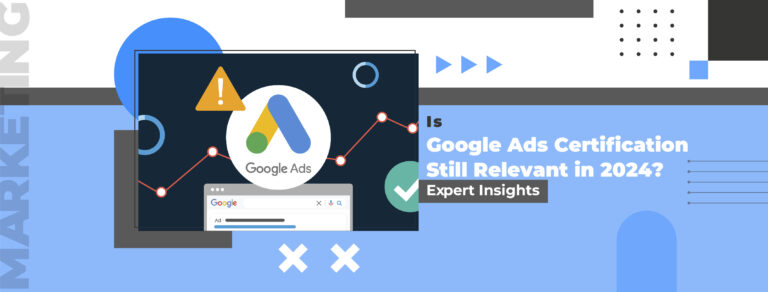Search engine optimization might be all the promotion nowadays, however, how about we concede, the process can’t be rushed before the outcomes kick in, and not every brand has the advantage of time. That is the place where SEM comes in and makes all the difference. Paid to promote fundamentally implies paying (or in the advertiser’s terms, “offering”) for the top space in a Google results page on a specific keyword.

The results on the highest of the page are what we call paid promotions or PPC advertisements. Brands pay to be on top of search results, and if the bid is sufficiently high your advertisements will be shown at the top.
○ Steps to plan SEM for your Brand:
Step 1 – Set your Goals
The first step in an SEM campaign is to determine what is the goal of running paid advertisement. Google offers various ad types based on goals which can be leads, sales, increasing website traffic, product and brand consideration, brand awareness and app promotion, and local stores and visits. Having your goals set helps you in creating and aligning a successful SEM campaign that will deliver a good ROI.
Step 2 – Competitor Research
Running an SEM campaign depends a lot on your competitor’s factors. Assessing your competition will help you map your competitor’s strategy where you can get answers to how aggressive is your competitor’s SEM efforts, what keywords are they targeting, what conversion metrics are being used and what is the differentiation factor between you and your competitor’s strategy.
Step 3 – Choosing a PPC platform
There are different PPC platforms. The top two being Google and Bing. Both platforms have their own merits and demerits. It’s important to pick a platform based on where your target audience is present rather than which is less expensive. Since you wouldn’t have to spend a lot since you are reaching the right target audience.
Step 4 – Research Keywords
This is the most important step in the campaign and adequate time should be spent on keyword research since the success of your campaign would be based upon selecting the right keywords. It’s good to have a mix of a few high-volume keywords along with low-volume keywords. Long-tail keywords and highly specific keywords should also be included in the mix.
Tools to use for keyword research :
◘ Google Autosuggest
◘ Bing Auto Suggest
◘ Uber Suggest
◘ Google Keyword Planner
◘ SEMRush
Step 5 – Plan a Budget.
A budget should be set according to the goals of the campaign and the cost of bidding on keywords. Every campaign will require a different budget strategy hence there is no one that works all the way to set budgets for SEM campaigns, However, budgets on Google ads are highly customizable so you can set the limits for what you want to spend.
Step 6 – Prepare the Copy
Write a compelling copy that makes the reader click the ad. Prepare variations of a copy and see which one works best. A good way to know if you have written a compelling copy is to ask yourself if I was the viewer would I read through it?
Step 7 – Landing Page
A landing page is where a customer will go after clicking on an ad to make a purchase. The landing page should be relevant to the content in the ad, it should have good visual elements and clear and well defined Call to Action Buttons.
Step 8 – Analyze and Test
The last step is to analyze your campaign and to see if the campaign is achieving desired goals and achieving optimum ROI and key metrics. Note the reasons why an ad is performing well or why it isn’t this will help you plan your next campaign more effectively.






